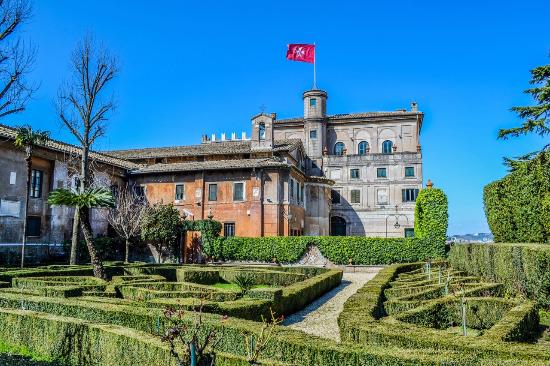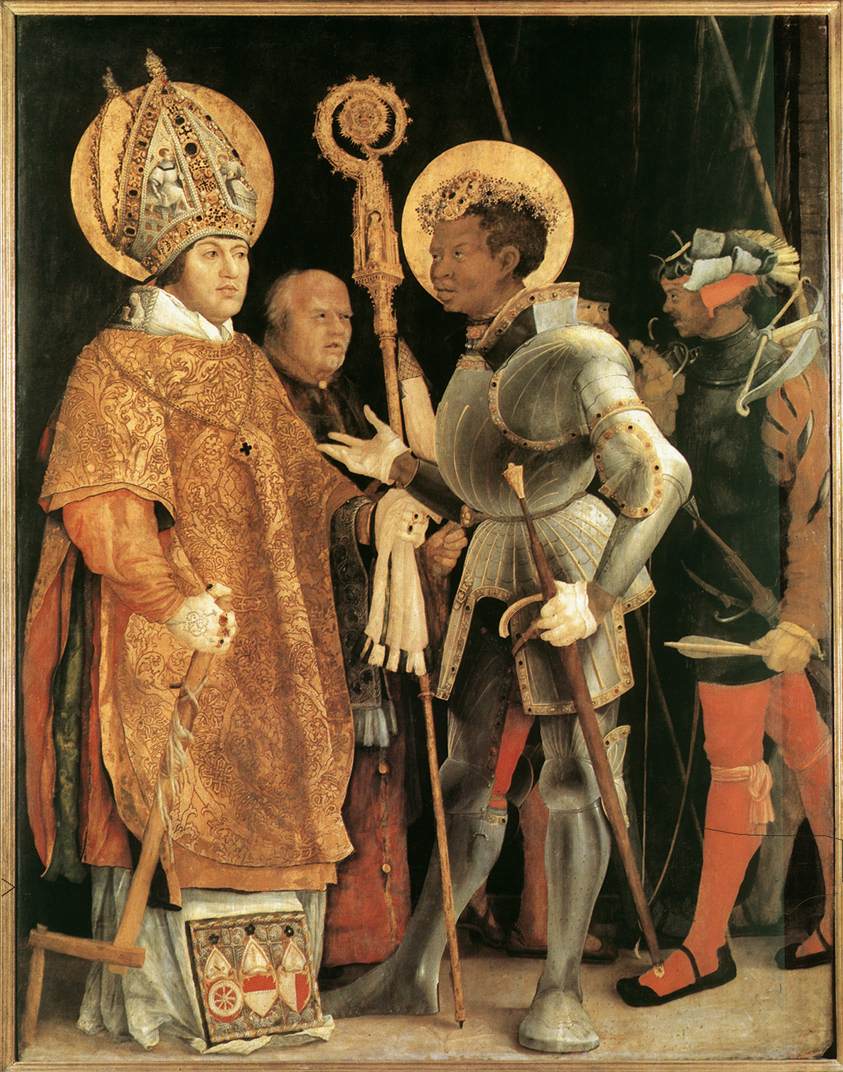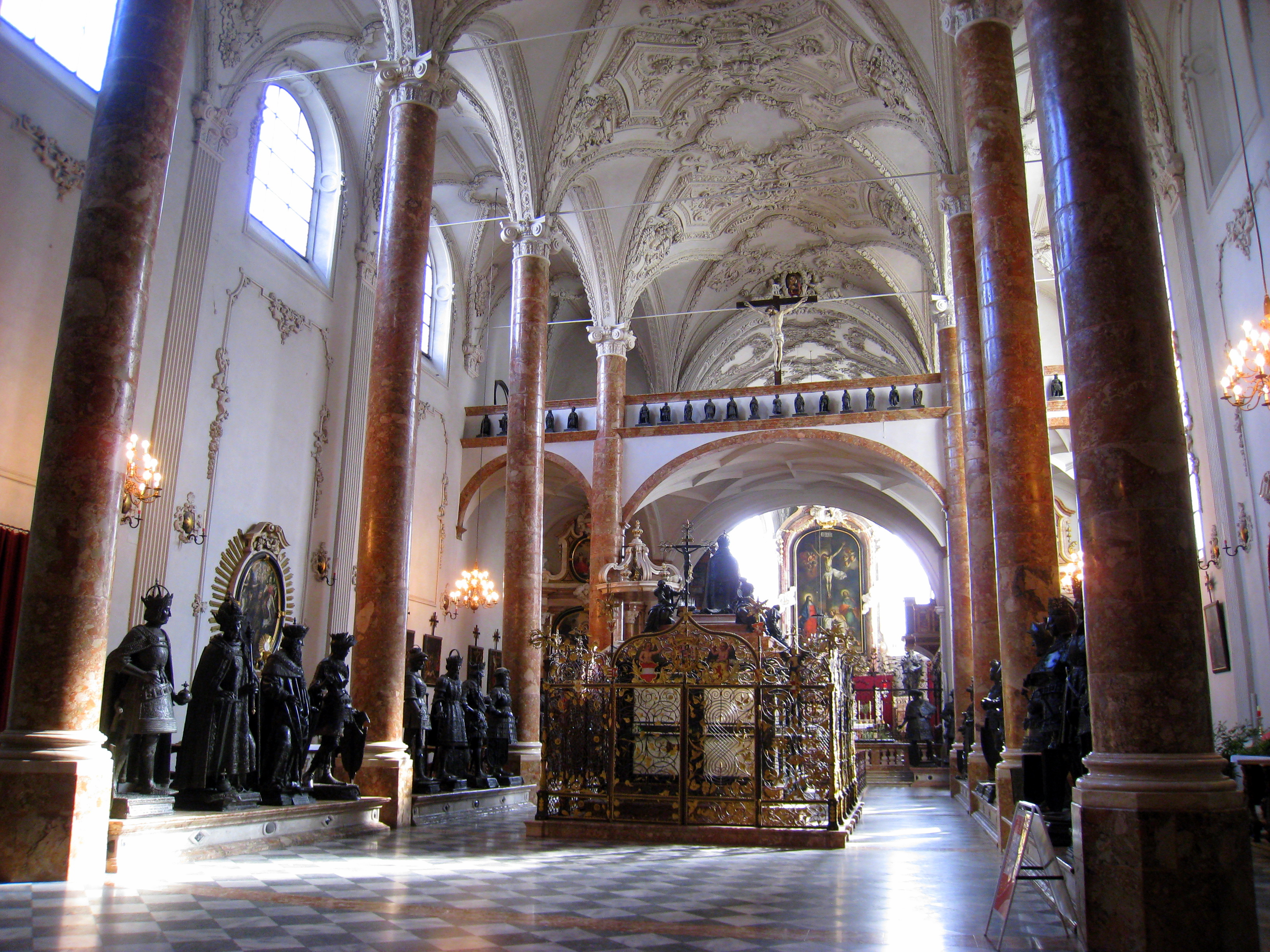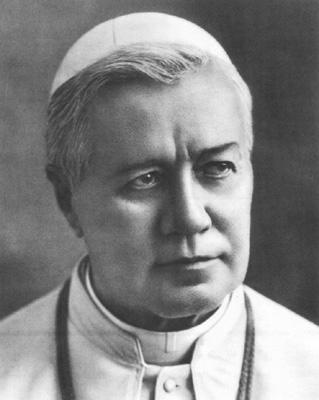 The discussion continues on Shawn Tribe’s website The New Liturgical Movement at:
The discussion continues on Shawn Tribe’s website The New Liturgical Movement at:http://thenewliturgicalmovement.blogspot.com/
He writes:
“As I’ve said as well however, there are two problematic extremes. One is change for its own sake; the other is immobilism.
While there needs to be a certain caution and prudence, there also needs to be discussion and some reasonable sense of the normal, living liturgical process and how that might be manifest or approached. This is more than ever necessary given the problematic ways in which it has been approached in the 20th century.
What can concern me in addition to needless and arbitrary change -- which does concern me -- is that there can develop amongst some an attitude that seems somewhat reactionary, which possibly categorizes any development as equally problematic or undesirable.
Veneration of the liturgy has to occur with a respect to its natural context which is neither innovationist nor immobilist.
We need not agree whether a particular development -- such as this one we’ve been discussing -- is a reasonable development, but it seems to me that there should be at least be an openness to such possibilities in principle; possibilities that must be balanced off by a rejection of mastery over the liturgy; a rejection of liturgy-by-committee; a rejection of any sense of the liturgy and its form as arbitrary.”
And the reader replies:
“Dear Shawn,
Your approach seems to be that we should aim at a compromise as our first goal - a compromise between what you see as two extremes.
This is not the way the Church has ever thought about liturgy. Liturgy is not primarily an exercise in compromising. Liturgy is about worshipping God in the way He wants. And He indicates that by the test of time of time and continuity, as Newman eloquently tells us in his Development of Christian Doctrine.
All liturgical reforms of the Roman rite, save that of Bugnini’s Novus Ordo, have been, first and foremost, preservative and restorative and only after that have they been additive.
They have never been - and mark this well - subtractive.
To subtract from the sacred liturgy has always been seen as akin to sacrilege.
Thus the Gregorian reforms, the Gelasian reforms, the Pian reforms and all reforms (save Bugnini’s) have been what you would call ‘reactionary’. They have sought to eliminate recent and inconsistent novelties encrusted onto the old rite and to restore the rite to its ancient splendour, not by false antiquarianism but by careful preservation of that which has been handed down to us by Sacred Tradition.
Anything new has only ever been additive and then only at the edges of the rite by way of approved and authorised devotions, themselves of considerable antiquity and always entirely fitting to the ancient rite.
Bugnini’s reforms were as far away from such a model as could be imagine and were more comparable to those carried about by the ‘slash and burn’ technique used by the early Protestants who butchered the Roman rite for their own nefarious purposes.
This is how the Apostolic See has, in times past, reformed liturgy. Its approach has been consciously preservative and not innovative. It has indeed been what you would call ‘reactionary’.
There is not only no condemnation by any pope or Council of a reactionary approach to liturgy but, on the contrary, it is the approach that the popes and Councils themselves have always used.
Even Vatican II was largely preservative and not innovative. The innovations came about AFTER the Council.
Liturgy, since it involves the way in which the Church prays to God publicly, is, together with doctrine, the very paradigm of Sacred Tradition and the handing on of that which we have received from our fathers.
The liturgy is not about compromises, development, liturgical processes and so on. To think so is inevitably to hand oneself over to liturgical committees.
It is about the preservation of Sacred Traditions handed down from the time of the Apostles until our time.
Any additions to the liturgy can only come after centuries of the hallowed use BY ALL THE PEOPLE (and not just in the mind of some specious expert) of holy prayers and ceremonies, in keeping with sacred tradition and, eventually after long usage, approved, by such continuous usage, by the Holy See.
Subtractions are never permitted since they savour of suggesting that the Holy Spirit made a mistake in the past.
This is not to suggest that devotions, processions and so on, around and outside the sacred liturgy should be avoided. On the contrary, even certain very slight changes have been allowed within the rite itself giving rise to ‘uses’ of the Roman rite such as the Sarum, York and Aberdeen uses among many others.
Some of these, when hallowed by centuries of use, may, if approved for universal use by the Holy See, become part of the main rite.
That is how the Holy See has, historically, introduced feasts into the Calendar.
But the idea that we can, within anyone’s lifetime, see wholesale novelties added to the rite, no matter how fitting some people may think they are, is simply an idea without any precedent whatever.
The addition of a new feast or saint to the calendar and rite is not a novelty since the idea of venerating the feasts and saints in the liturgy is as old as the liturgy itself and thus not a novelty at all but the continuance of an exceedingly ancient and hallowed tradition.
The idea that we should introduce novelties in each generation but, in doing so, should avoid ‘extremes’ of ‘reaction’ or ‘needless innovation’ is already itself an ‘extreme’ idea and one with not the slightest foundation or basis in Catholic tradition or teaching.
It comes rather from the jejune shallows of modern political discourse where change, revolution, innovation and compromise are the key concepts and where the very idea of hallowed and sacred tradition are laughed to scorn.”
Any further thoughts ladies and gentlemen?














.jpg)


























_-002.jpg/220px-Circle_of_Anton_Raphael_Mengs,_Henry_Benedict_Maria_Clement_Stuart,_Cardinal_York_(ca_1750)_-002.jpg)



1 comment:
Excellent post, thank you.
The common mindset that "progress" (with all its ambiguousness) is not only ideal but also essential to a “balanced” life, has lamentably carried over to many people’s view of the Liturgy. This expectation for constant updating, adjusting, and modernizing of everything, including the most sacred rites of the Church, is another sad legacy of the liturgical turmoil post Vatican II. Even among the faithful who sincerely want to be faithful to the Holy Roman Church, this progress-oriented mindset has often taken over, impeding the continuity pre and post Vatican II of the life of the Church and the spiritual enrichment of her faithful.
If the Traditional Mass becomes thus open to changes, I fear a second “reform” could be possible under a – God forbid! – not-so-holy pontiff.
Post a Comment